Gaia e o Antropoceno: Viveiros de Castro, D. Danowski, Isabelle Stengers, Dipesh Chakrabarty e Bruno Latour
“Se Gaia também é um mundo vivo e plural, (…) não se trata porém de um mundo harmonioso e equilibrado, e muito menos dependente, para sua persistência, da exclusão da humanidade, como se esta fosse um invasor extraterrestre chegado para estragar um idílio pastoril. (…) Gaia é antes de mais nada feita de história, ela é história materializada, uma sequência contingente e tumultuária de eventos… Na concepção de Bruno Latour, é menos a história humana que vem se fundir inesperadamente com a geohistória, mas sim a Terra-Gaia que se torna historicizada, narrativizada como história humana – compartilhando com esta, aliás, e a ressalva é essencial, a ausência de qualquer intervenção de uma Providência. Resta saber quem é o demos de Gaia, o povo que se sente reunido e convocado por esta entidade, e quem é seu inimigo.”
EDUARDO VIVEIROS DE CASTRO & DÉBORAH DANOWSKI, Há Mundo Por Vir? Ensaio Sobre Os Medos E Os Fins (2014, Editora Cultura e Barbárie, p. 120. Compre aqui.)
Tô devorando por aqui o instigante “Há Mundo Por Vir? Ensaio Sobre os Medos e os Fins”, de Eduardo Viveiros De Castro & Deborah Danowski, e coletando altas dicas de livros que eu desconhecia e que já entraram para a lista das #LeiturasFuturas, a começar por este “O Mundo Sem Nós” de Alan Weisman, “a penetrating, page-turning tour of a post-human Earth…”:
ALAN WEISMAN, “The World Without Us”
(2007, 340 pgs)
DOWNLOAD E-BOOK (PDF):
http://libgen.org/book/index.php?md5=129A059BDD7D4798C8725BB2EA35C76B
“In The World Without Us, Alan Weisman offers an utterly original approach to questions of humanity’s impact on the planet: he asks us to envision our Earth, without us. In this far-reaching narrative, Weisman explains how our massive infrastructure would collapse and finally vanish without human presence; which everyday items may become immortalized as fossils; how copper pipes and wiring would be crushed into mere seams of reddish rock; why some of our earliest buildings might be the last architecture left; and how plastic, bronze sculpture, radio waves, and some man-made molecules may be our most lasting gifts to the universe.
The World Without Us reveals how, just days after humans disappear, floods in New York’s subways would start eroding the city’s foundations, and how, as the world’s cities crumble, asphalt jungles would give way to real ones. It describes the distinct ways that organic and chemically treated farms would revert to wild, how billions more birds would flourish, and how cockroaches in unheated cities would perish without us. Drawing on the expertise of engineers, atmospheric scientists, art conservators, zoologists, oil refiners, marine biologists, astrophysicists, religious leaders from rabbis to the Dali Lama, and paleontologists — who describe a prehuman world inhabited by megafauna like giant sloths that stood taller than mammoths—Weisman illustrates what the planet might be like today, if not for us.
From places already devoid of humans (a last fragment of primeval European forest; the Korean DMZ; Chernobyl), Weisman reveals Earth’s tremendous capacity for self-healing. As he shows which human devastations are indelible, and which examples of our highest art and culture would endure longest, Weisman’s narrative ultimately drives toward a radical but persuasive solution that needn’t depend on our demise. It is narrative nonfiction at its finest, and in posing an irresistible concept with both gravity and a highly readable touch, it looks deeply at our effects on the planet in a way that no other book has.”
* * * *
Este, de Isabelle Stengers:

Isabelle Stengers, “Au temps des catastrophes : Résister à la barbarie qui vient”
(2009, 198 pgs.)
Download e-book:
http://libgen.org/get.php?md5=0DD24B5CBA0666F03219339D5F6FBC78
* * * * *
E, é claro, Latour:
GAIA IN THE ANTHROPOCENE
By Bruno Latour
 “Geologists are beginning to use the term ANTHROPOCENE to designate the era of Earth’s history that extends from the scientific and industrial revolutions to the present day. These geologists see humanity as a force of the same amplitude as volcanoes or even plate tectonics. It is now before GAIA that we are summoned to appear: Gaia, the odd, doubly composite figure made up of science and mythology, used by certain specialists to designate the Earth that surrounds us and that we surround, the truly global Globe that threatens us even as we threaten it.
“Geologists are beginning to use the term ANTHROPOCENE to designate the era of Earth’s history that extends from the scientific and industrial revolutions to the present day. These geologists see humanity as a force of the same amplitude as volcanoes or even plate tectonics. It is now before GAIA that we are summoned to appear: Gaia, the odd, doubly composite figure made up of science and mythology, used by certain specialists to designate the Earth that surrounds us and that we surround, the truly global Globe that threatens us even as we threaten it.
If I wanted to dramatize – perhaps overdramatize – the ambiance of my investigative project, I would say that it seeks to register the aftershocks of the MODERNIZATION FRONT just as the confrontation with Gaia appears imminent.
At all events, we shall not cure the Moderns of their attachment to their cherished theme, the modernization front, if we do not offer them an alternate narrative… After all, the Moderns have cities who are often quite beautiful; they are city-dwellers, citizens, they call themselves (and are sometimes called) “civilized”.
Why would we not have the right to propose to them a form of habitation that is more comfortable and convenient and that takes into account both their past and their future – a more sustainable habitat, in a way? Why would they not be at ease there? Why would they wander in the permanent utopia that has for so long made them beings without hearth or home – and has driven them for that very reason to inflict fire and bloodshed on the planet?
After all these years of wandering in the desert, do they have hope of reaching not the Promised Land but Earth itself, quite simply, the only one they have, at once underfoot and all around them, the aptly named Gaia?”
BRUNO LATOUR.
“An Inquiry into Modes of Existence: An Anthropology of the Moderns”
Harvard University Press, 2013. Translated by Catherine Porter.
Download e-book at Library Genesis.
Join: http://www.modesofexistence.org
* * * * *
You might also enjoy:
[youtube id=http://youtu.be/8i-ZKfShovs] The Affects of Capitalism (full lecture)
(If you wanna skip the intro, Latour actually starts speaking at 12 min and 45 seconds.)
* * * *
Veja também:
PALESTRA COM DIPESH CHAKRABARTY
“Anthropocene means that collectively, human beings, thanks to their profligate use of fossil fuels, now act with the power of a geophysical force…” – Dipesh Chakrabarty, Dept. of History, University of Chicago
[youtube id=http://youtu.be/svgqLPFpaOg]
“History on an Expanded Canvas – The Anthropocene’s Invitation”
Lecture, 2013. 1h01min.
* * * *
“Our fossil fuel deposits, a 100.000.000 years old, could be gone in a few centuries, leaving climate impact that will last for hundred of millenia.” Dave Archer
http://en.wikipedia.org/wiki/David_Archer_(scientist)
“Fate of fossil fuel CO2 in geologic time”:
https://www2.bc.edu/jeremy-shakun/Archer,%202005,%20JGR.pdf
* * * *
[youtube id=http://youtu.be/ktgEzXZDtmc]
“DISRUPTION”, o filme que acompanha a PEOPLE’S CLIMATE MARCH
Leia também, na Mídia Ninja, “Não Há Planeta B”
Publicado em: 07/11/14
De autoria: casadevidro247



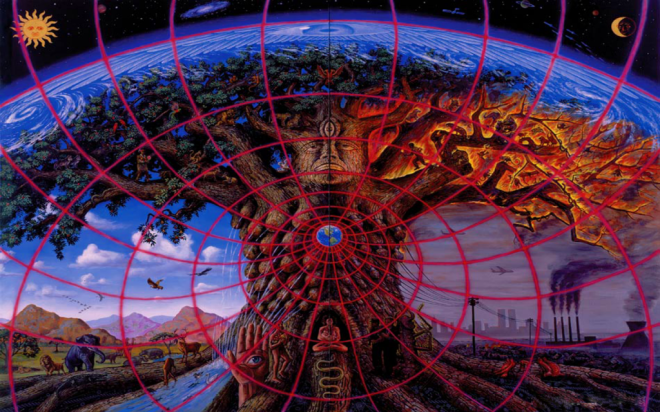
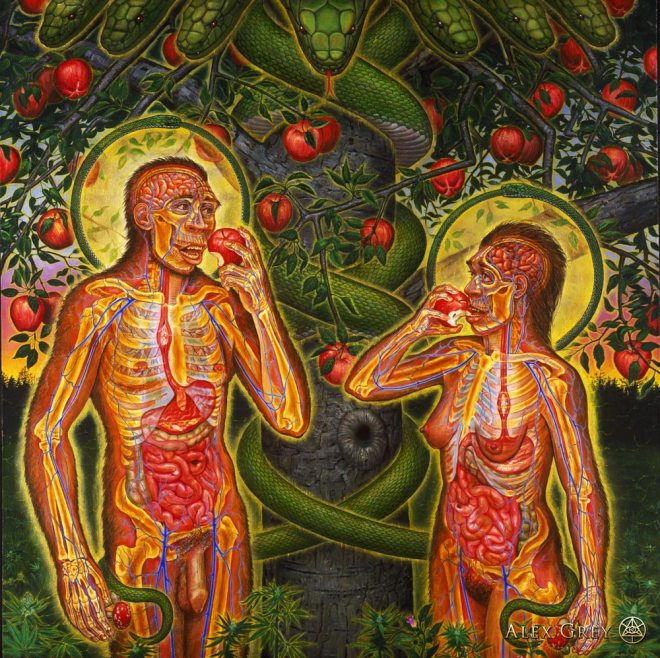
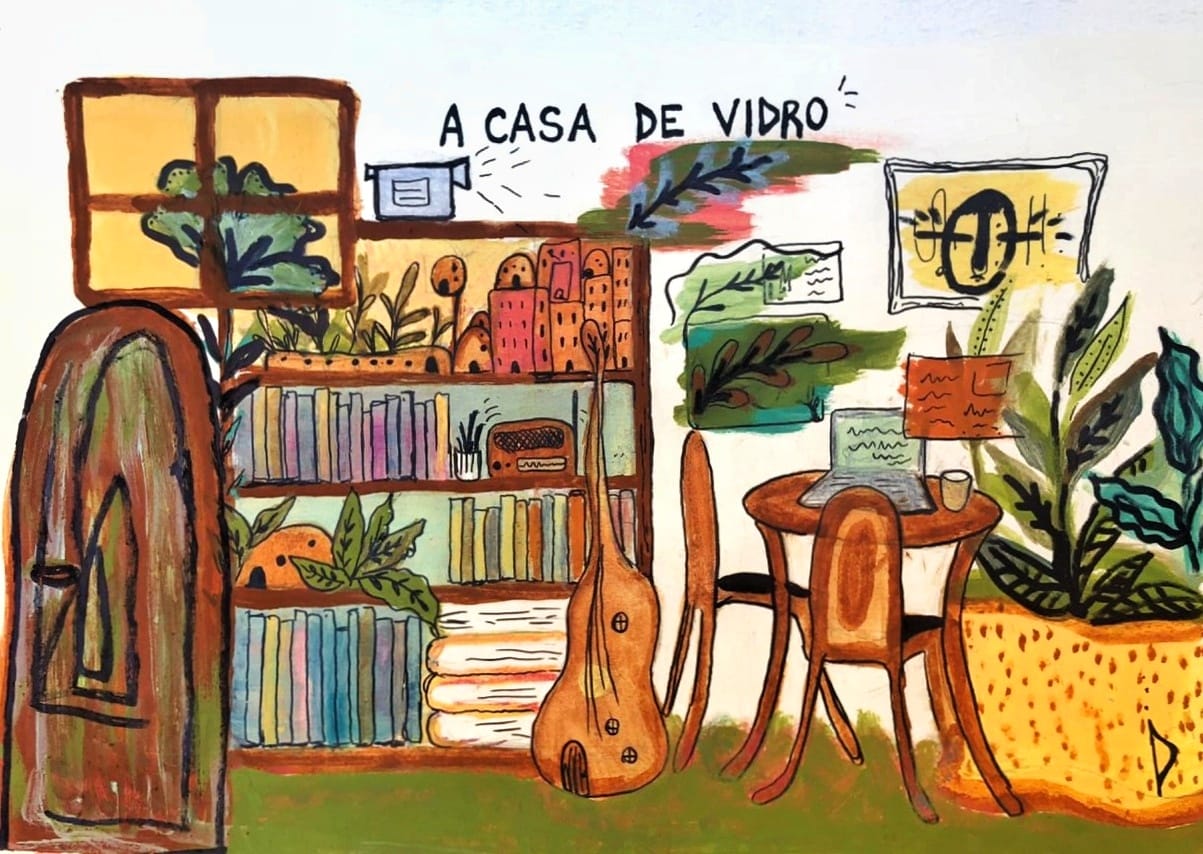
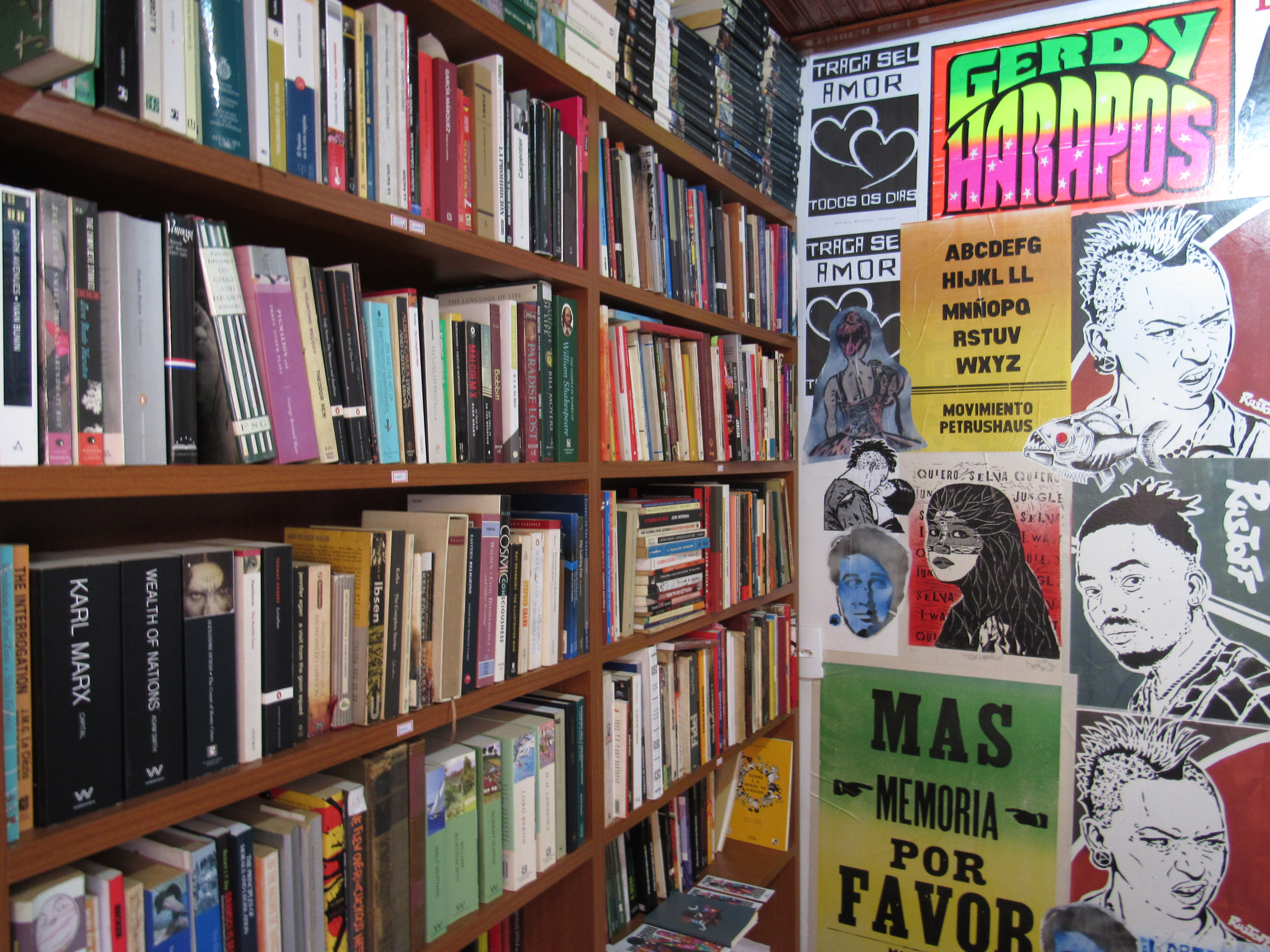
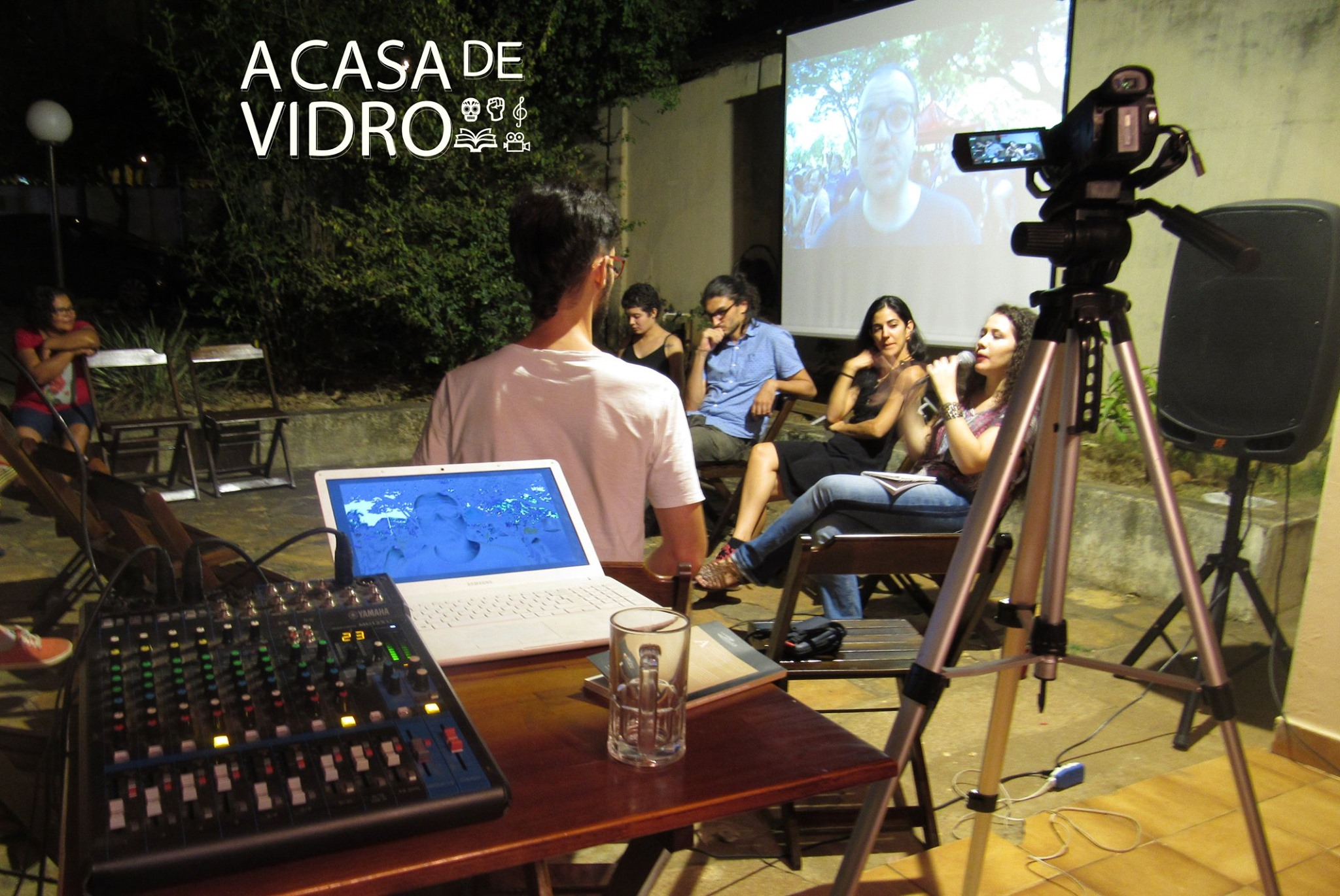
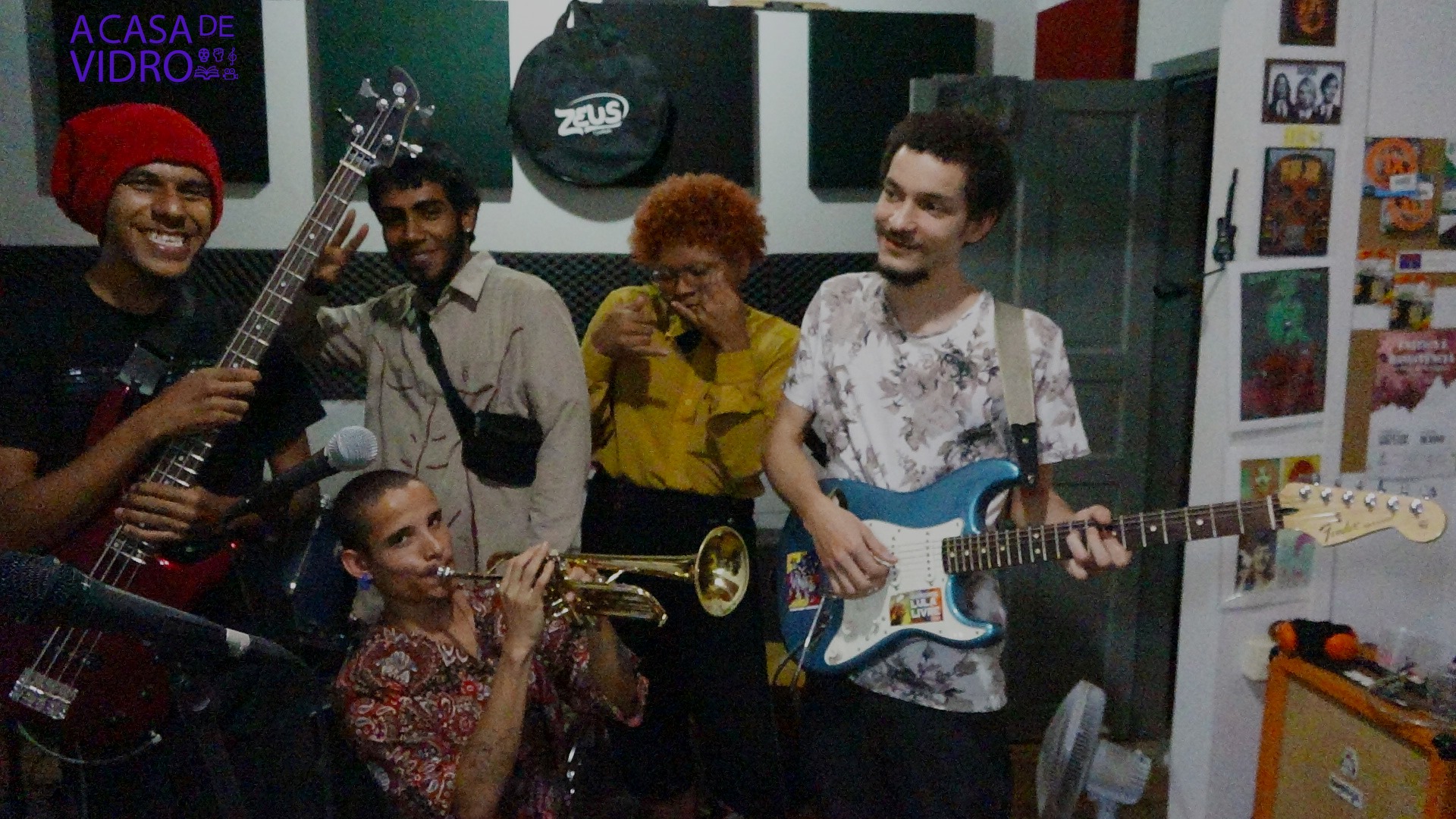
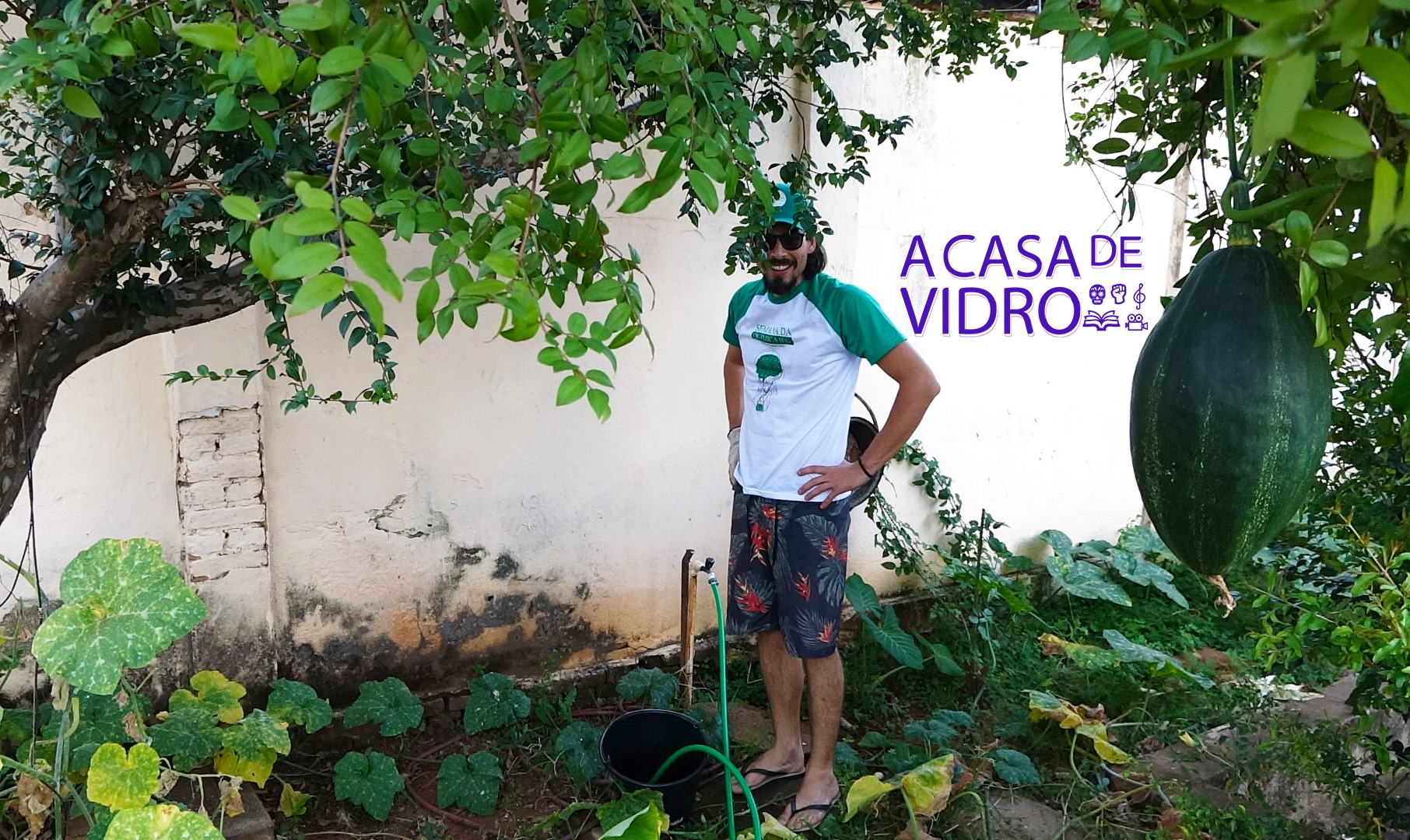
claravix
Comentou em 26/02/16